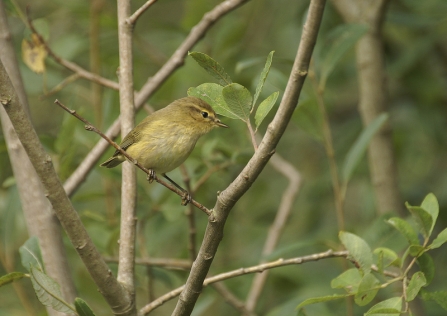In the second half of March you recorded seeing variety of animals in Derbyshire. We’ll begin with the mammals, which ranged from a tiny wood mouse, also known as the long-tailed field mouse, which can have up to six litters a year, and In the South Peak District a hare, which can reach speeds of 45mph, was spotted. At our Cromford Canal reserve a pair of water voles were seen, unfortunately these larger voles are under threat from habitat loss and predation by the invasive American mink. One of our smaller mustelids, a family which includes badgers and otters, a stoat, was seen at our Priestcliffe Lees reserve, don’t be fooled by their size though, despite their small stature can still easily take down an adult rabbit.
On to the birds, two birds of prey were seen, a barn owl in the High Peak and a sparrowhawk near Derby. The former has been known by many names over the centuries including ghost owl, church owl and screech owl. A great white egret was spotted near Ashbourne, which as their name suggests are rather big, almost the same size as a grey heron. Recorded not far away was the much smaller chiffchaff, which is most easily identified by its call as they make a ‘chiff chaff chiff chaff’ sound and an iconic red-breasted robin. The latter will make a nest in odd places such as old wellies and plant pots, and true to form the one recorded had made itself at home in a bicycle helmet!

